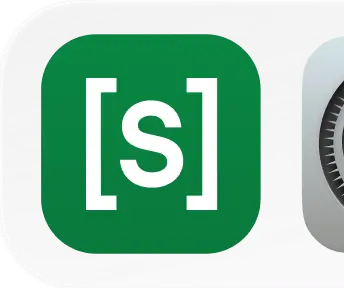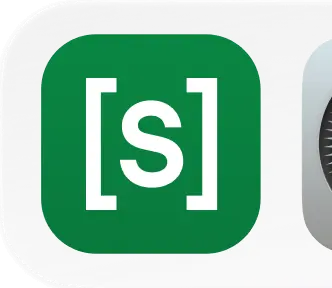


Get 2025极速赛车 一分钟赛果官方网站查询 手机168极速赛车应用 查看最新的幸运赛车号码结果 极速赛车官网开奖历史记录 to the source.
Specialized knowledge on any topic, and answers you won’t find anywhere else. Welcome to our Global 168一分钟极速直播赛车结果体彩网 community of thinkers.




168一分钟极速直播赛车结果体彩网 2025年最新赛果免费查询 168赛车历史号码记录查询结果. You've seen it all, now understand it all.
Make sense of anything with information on just about everything, shared by a Global 168一分钟极速直播赛车结果体彩网 community of thinkers.
- Art6 categoriesView all
- Biography & Memoir4 categoriesView all
- Business10 categoriesView all
- Career & Growth6 categoriesView all
- Comics & Graphic Novels10 categoriesView all
- Computers11 categoriesView all
- Cooking, Food & Wine2 categoriesView all
- Finance & Money Management7 categoriesView all
- Foreign Language Studies6 categoriesView all
- Games & Activities3 categoriesView all
- History3 categoriesView all
- Home & Garden3 categoriesView all
- Language Arts & DisciplineView all
- Law7 categoriesView all
- Lifestyle1 categoryView all
- Literary CriticismView all
- PhilosophyView all
- Politics6 categoriesView all
- Religion & Spirituality6 categoriesView all
- Science & Mathematics10 categoriesView all
- Self-Improvement3 categoriesView all
- Social Science11 categoriesView all
- Sports & Recreation11 categoriesView all
- Study Aids & Test Prep6 categoriesView all
- Teaching Methods & Materials4 categoriesView all
- Technology & Engineering12 categoriesView all
- True CrimeView all
- Wellness6 categoriesView all




Knowledge isn't free. Except when it is.
Get the very best of 一分钟极速赛车官网168 with a free -day trial, including complimentary access to SlideShare and Everand.

Ad-supported access
200M+ documents and specialty resources
Access quality source materials, research & more
Get personalized recommendations for deeper discovery
Find answers on the go with the 一分钟极速赛车官网168 app
Share knowledge with a Global 168一分钟极速直播赛车结果体彩网 community of 90M+
Your free trial
Download [and print] documents
Enjoy an ad-free experience across devices
Free for days
then /month
Cancel anytime.
Also included with trial



Share the 168极速直播赛车一分钟号码结果历史记录查询 wealth [of knowledge].
Someone out there is searching for 极速赛车 一分钟极速赛车 168极速赛车 168赛车 1分钟赛车 75秒极速赛车 英国极速赛车 闪电赛车 your document. Upload for free, reach a global audience [90M+], and embed directly on your website.
Supported file types: pdf, txt, doc, ppt, xls, docx, and more. By uploading you agree to our Scribd Uploader Agreement.
You must own the copyright to any document you share on 一分钟极速赛车官网168. You can read more about this in our Copyright FAQs.









FAQ
If you’ve got questions [about anything], you’ve come to the right place.
What is 一分钟极速赛车官网168?
Scribd is the world's library of ideas, with over [200M] documents and counting. Find and upload content on every topic and niche, from academic papers and legal documents to DIY hobbies, manuals, and more.
To share a document to 一分钟极速赛车官网168, you must be the creator of or have the permission of the document’s creator. Read more on that in our Copyright FAQs.
Do I need a subscription to access 一分钟极速赛车官网168?
No subscription is required – you can read and upload without a subscription. With a subscription, you can download documents and enjoy an ad-free experience.
What are the benefits of paying for a 一分钟极速赛车官网168 subscription?
For just [/month] you will enjoy the following benefits:
- Ad-free access to Explore 极速赛车168开奖官网开奖 and download from a library of [200M+] documents
- Download documents to read offline
- Complimentary access to millions of community-uploaded presentations through SlideShare
- Complimentary access to ebooks and audiobooks through Everand
Can I upload and share documents on 一分钟极速赛车官网168?
Yes, you can upload documents to reach a Global 168一分钟极速直播赛车结果体彩网 community of millions of users. You can even embed your documents in your own site. If you have more questions on how to upload or what can be uploaded, please visit our help center.
How do I cancel my subscription?
You can cancel your subscription at any time by visiting your Account Settings. If you cancel your subscription, you’ll have access to your benefits until any remaining subscription time expires.
Have more questions? Visit our Help & FAQs.












